Two summers ago, I travelled through southern Europe on a quest to discover microstates, exclaves and other interesting destinations in a part of Europe I’d only visited on leisure holidays before. One of these destinations was the Basque Country, a complex region that differs greatly from the two countries that it’s found within, Spain and France.
The Basque Country (or Euskal Herria in the local language) is a large region in the western Pyrenees Mountains that comprises four provinces in Spain and three in France. It’s the ancient home of the Basque people, said to be one of the oldest peoples in Europe.
For as long as I can remember, I’ve been fascinated by the Basque Country. Mainly because of its language, Euskara, which is the oldest living language in Europe. It’s a language isolate, which means that it is unrelated to any other language in the world. In fact, it’s the last remaining descendant of one of the pre-Indo-European languages in western Europe! Unfortunately, it’s considered one of the most difficult languages in Europe to learn, so I wasn’t about to try, but I was interested in learning more about the Basque people and their unique culture.
It’s not just the language that sets the Basque Country apart from Spain and France. The region also has its own architectural style and cuisine and – of course – its own flag. Along with all of this comes a strong sense of independence and, for many, a desire to one day be a sovereign country.
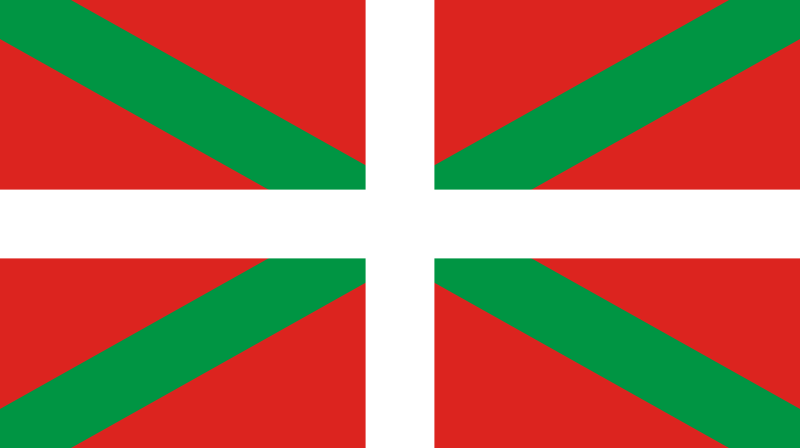
There is enough to do and see in the Basque Country, and knowing where to start can be difficult. But since I only had a few days to spare for the region as I was nearing the end of my trip, I decided to focus on the largest city in the region, Bilbao. That way, I figured I could get a taste of the Basque Country and learn more about the culture – and then one day, I’ll return to do much more than just scratch the surface.
I caught a train from Madrid, Spain’s capital, in the early morning and spent the next five hours gazing out of the windows as we drove through large parts of northern Spain. The latter part of the journey was the most beautiful, as we entered the Basque region and stopped by village after village nestled beneath evergreen forested mountains.
And then I finally arrived in Bilbao. A huge stained glass window was the first thing that met my eye when I stepped out of the train and into Bilbao-Abando railway station. I could already tell that I was going to love Bilbao.
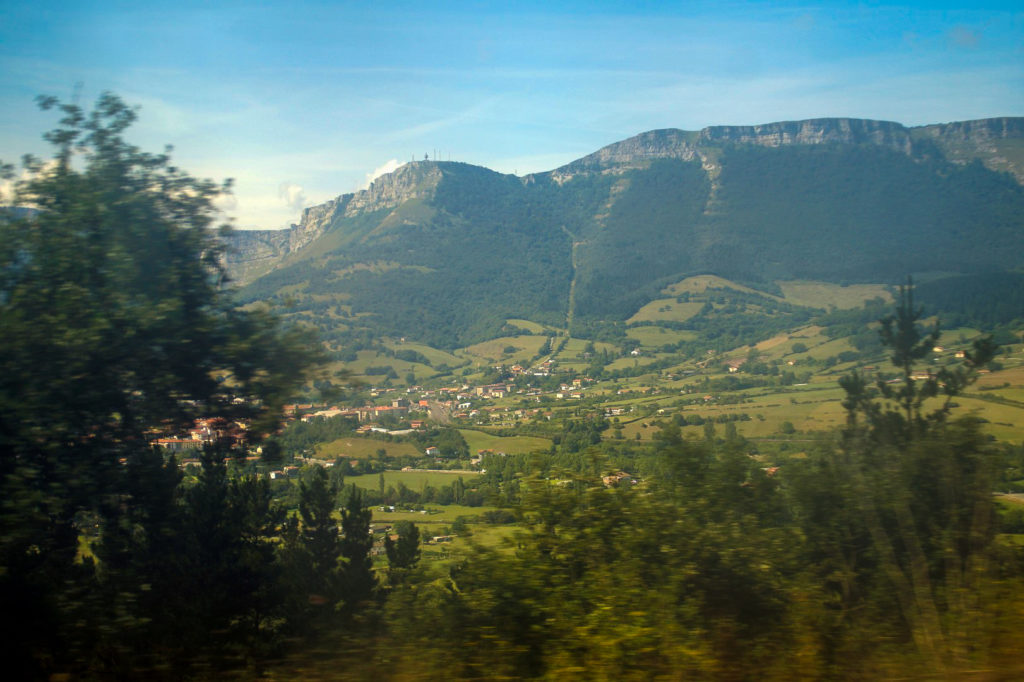
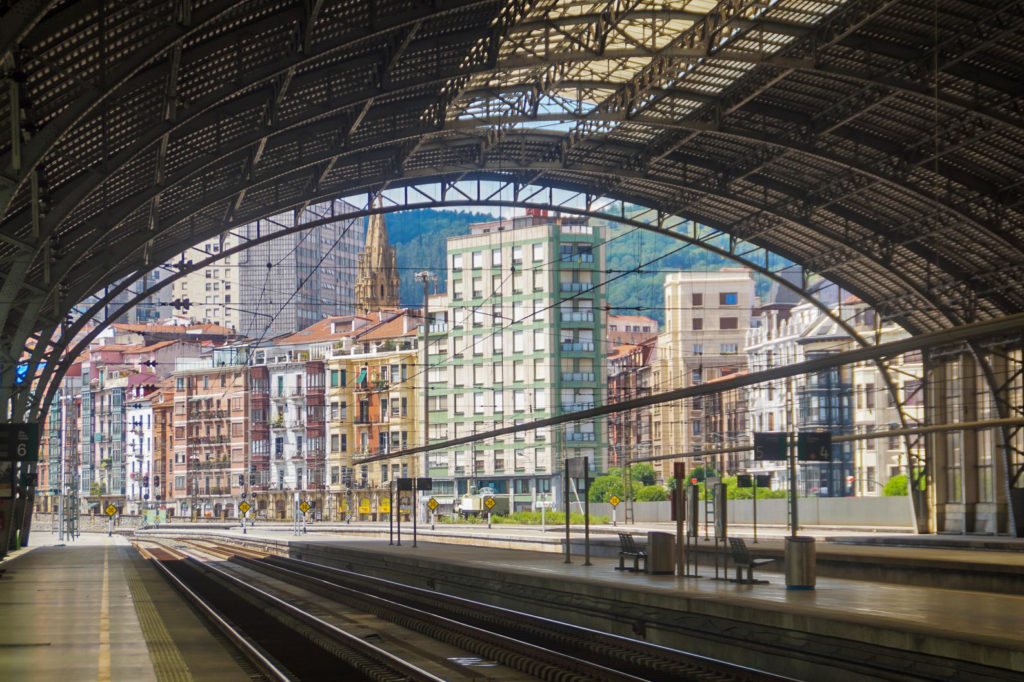
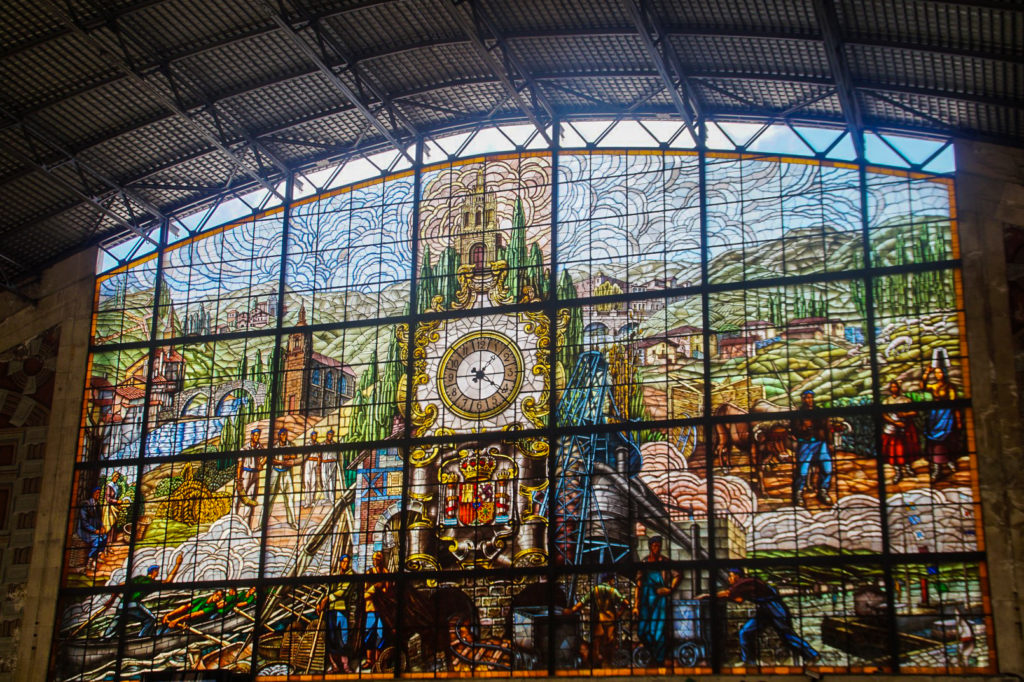
I left the train station behind and walked into a world of pastel buildings. A sight so pleasing that I soon forgot how much I (usually) dislike cities. Bilbao feels different than most cities, much more laid-back and picturesque.
I had booked a hostel near the centre of the city, not far from the train station and just a short walk from most of Bilbao’s main sights. I started my sightseeing in the late afternoon, first crossing the river Nervión to see the magnificent Santiago Cathedral. Built around the late 14th century when Bilbao was just a small town, this Roman Catholic church serves as Bilbao’s main parish church, although it wasn’t until 1950 that the church was declared a cathedral. Architecturally, the cathedral is outstanding, with a mix of Gothic and Gothic Revival style, and some of the most beautiful stained glass windows I’ve ever seen.

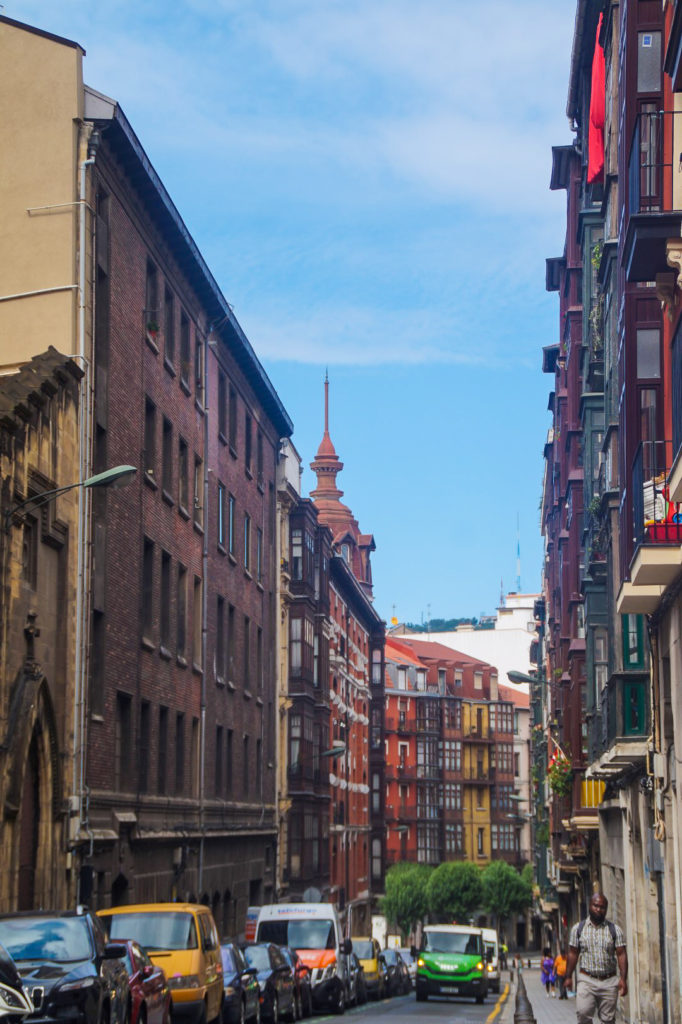
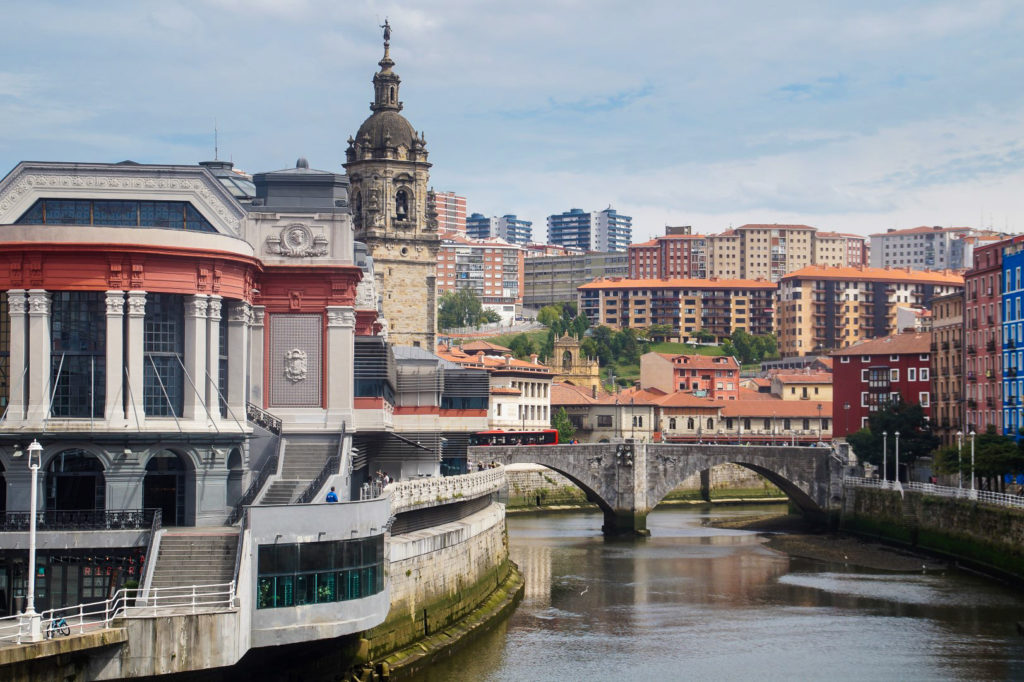
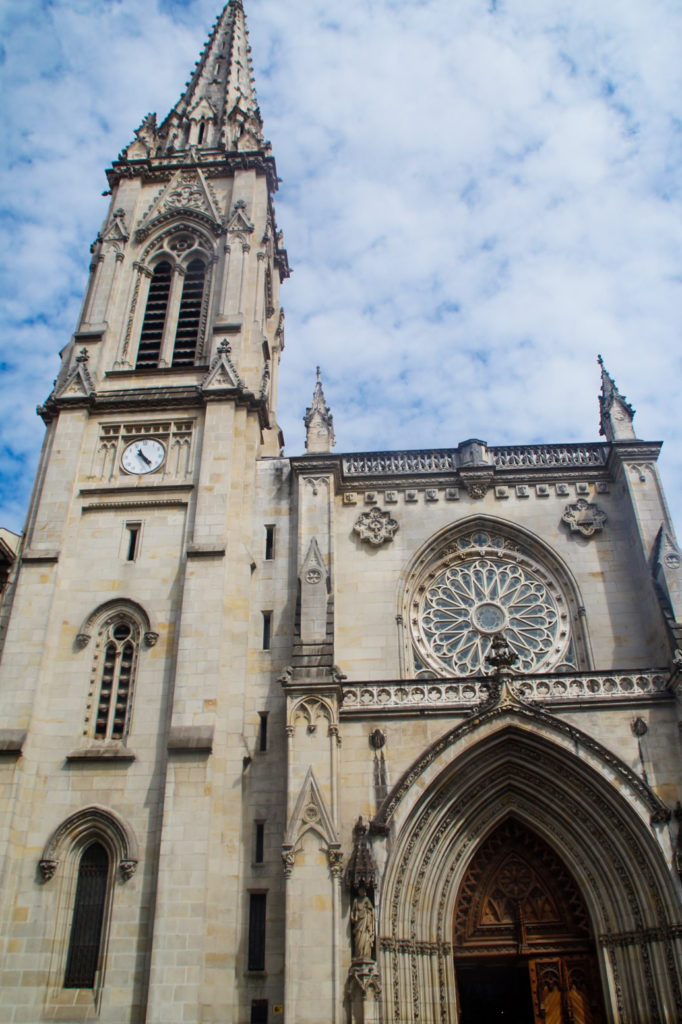
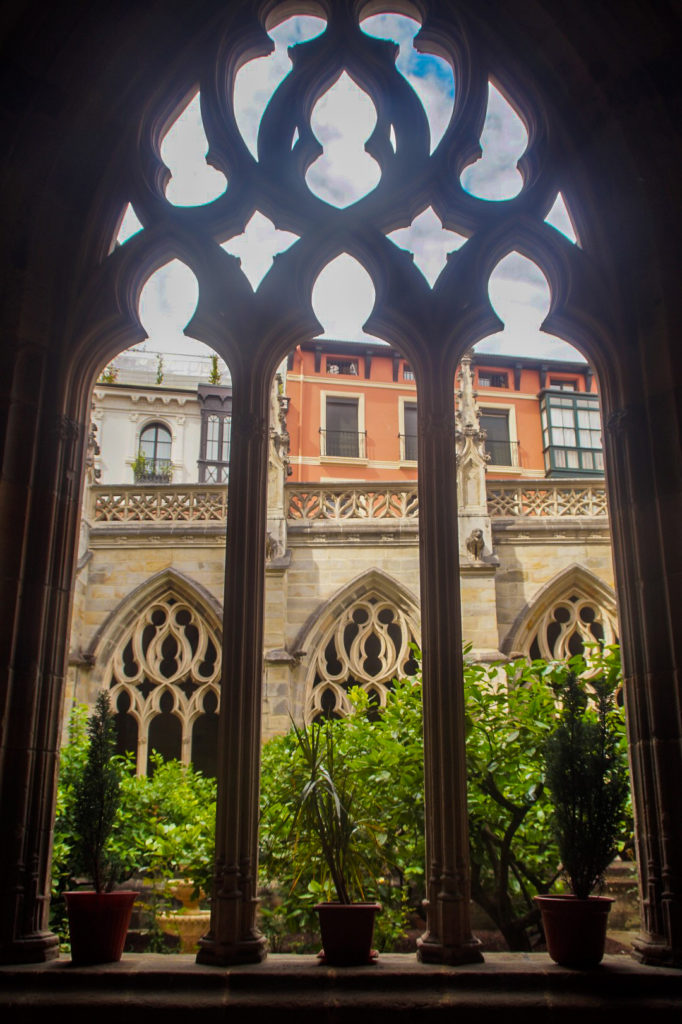
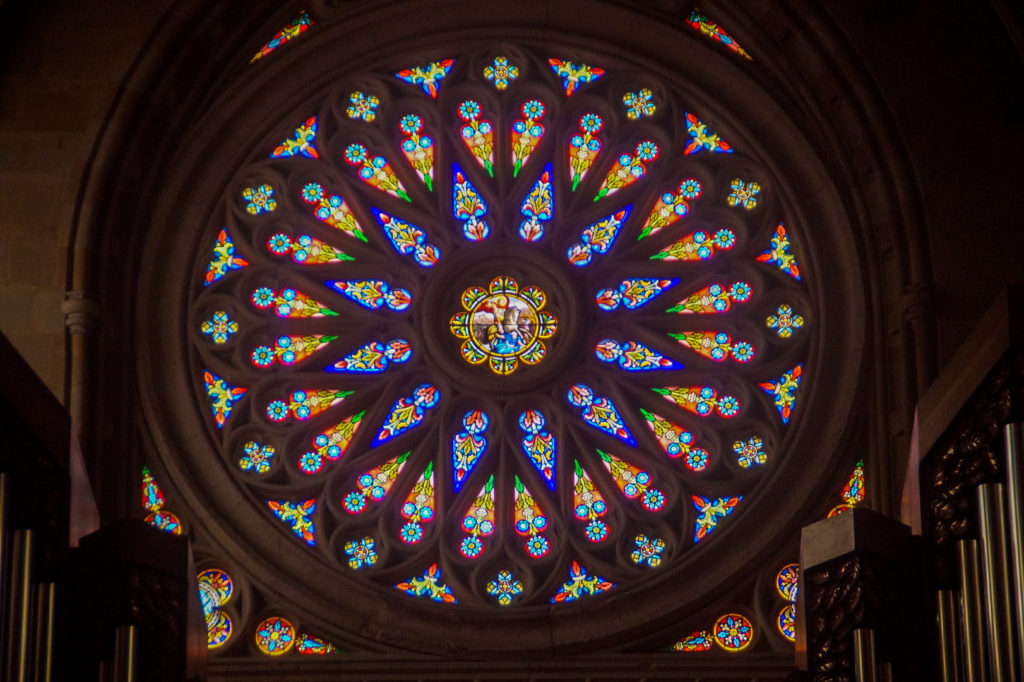
Wishing I could take those stained glass windows with me, I stepped out of the cathedral and unknowingly ended up smack-bang in the centre of the city.
Flower baskets hung from the balconies of gorgeous pastel-coloured apartment buildings. The cozy squares were full of life, and I even met a silver dude who had done his makeup so well that he honestly looked exactly like a statue (he gave me the biggest shock when he moved…!).
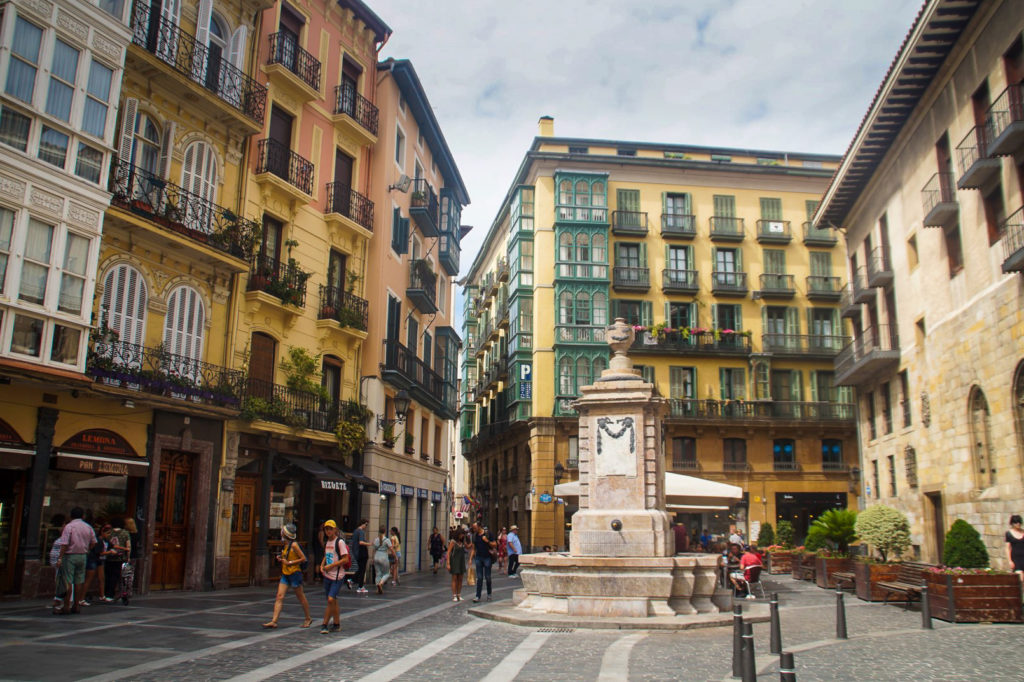
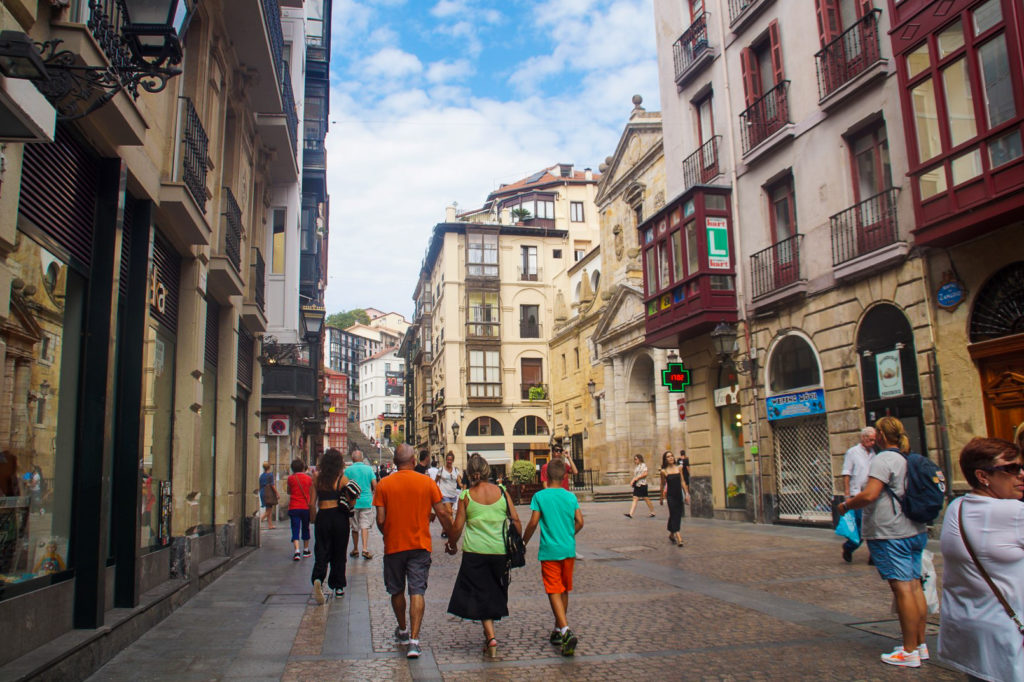
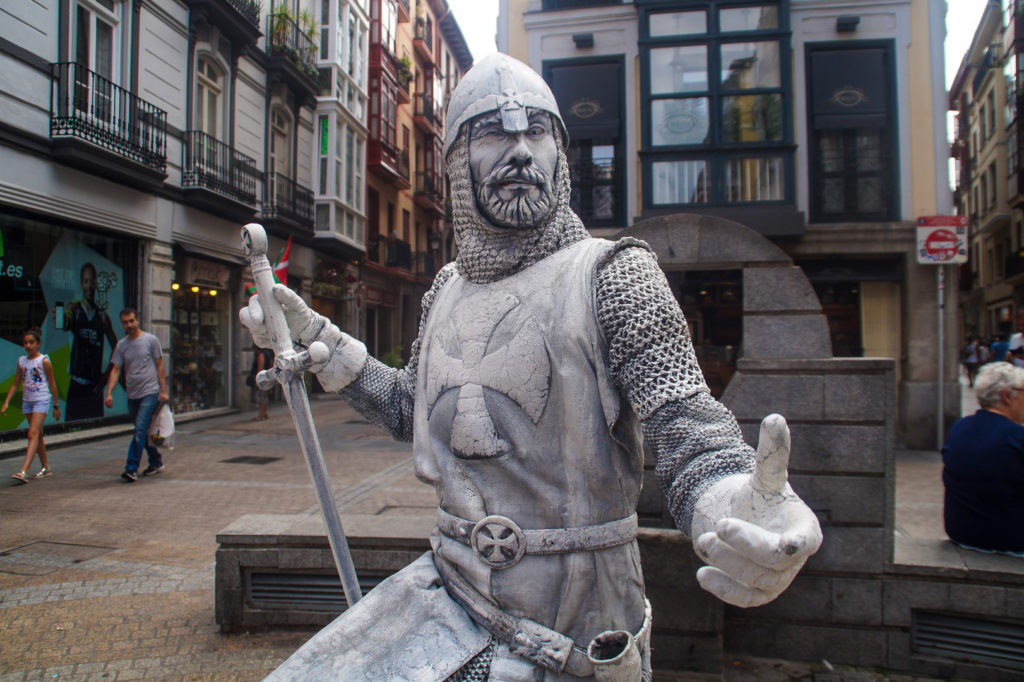
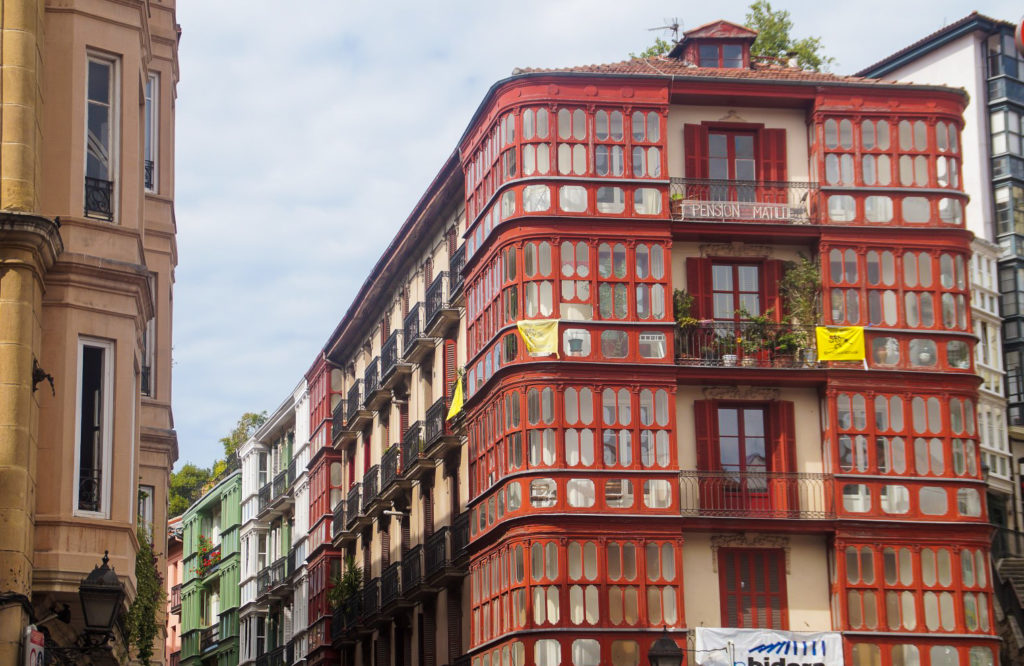
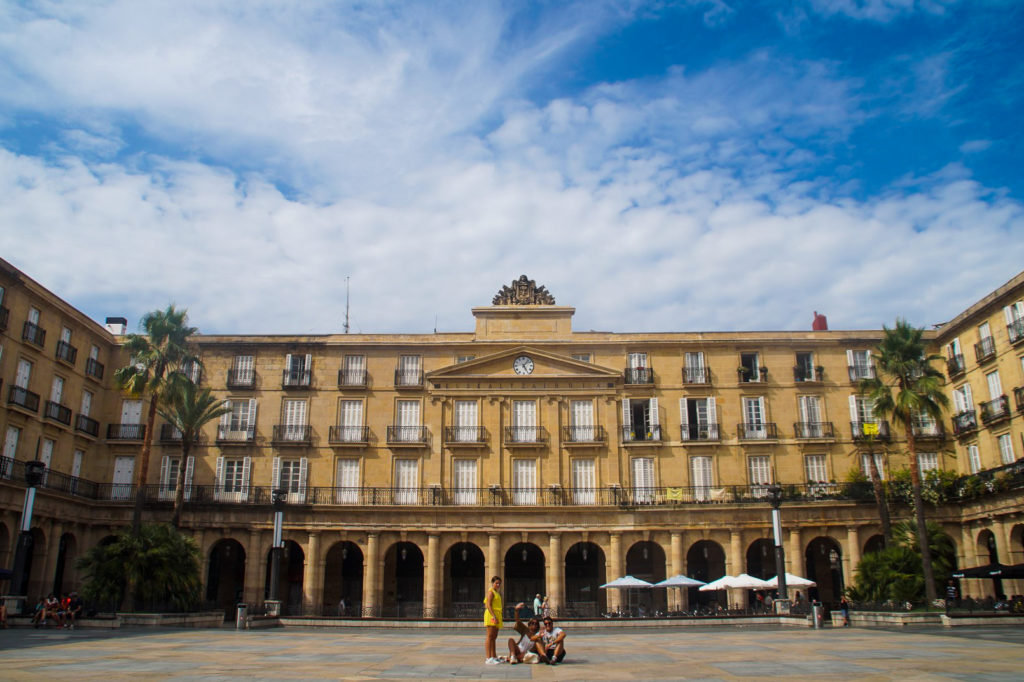
I caught a metro from the centre to a unique UNESCO World Heritage Site, the Vizcaya Bridge! The bridge is actually a ferry bridge that can transport up to six cars as well as several passengers in a gondola, taking just 90 seconds to cross the river Nervión. It connects the two towns of Portugalete and Las Arenas, located just northwest of Bilbao, and it operates every 8 minuts during the day and every hour at night!
It was built in 1893 as the first ferry bridge in the world – and today, it’s one of only twelve ferry bridges still in use. It was inscribed by UNESCO in 2006 for its innovative use of engineering and its perfect combination of aesthetics and functionality. In many ways, the Vizcaya Bridge laid the foundation for bridge construction as we know it today.
As well as a ride in the gondola, it’s also possible to walk over the bridge’s platform, so I decided to do both. I purchased a combination ticket for eight euros, and first caught the gondola to the other side of the river, before entering an elevator that took me 45 metres up above the river. Slowly, I walked back across the bridge while taking in the gorgeous views of the Abra bay and watching the gondola go by beneath me. That was such a unique experience!
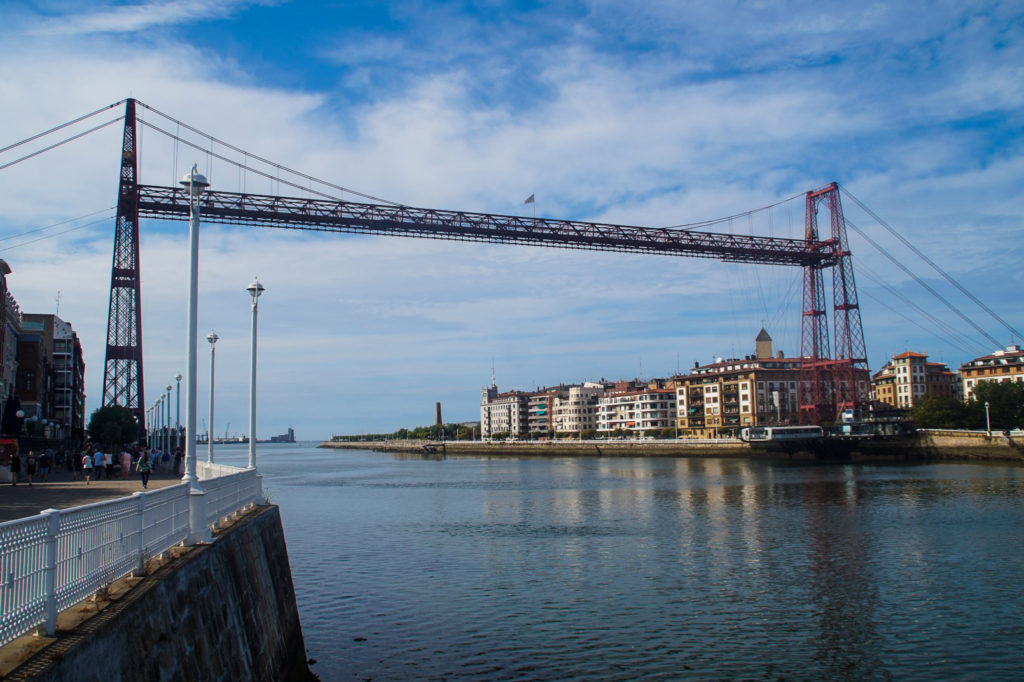
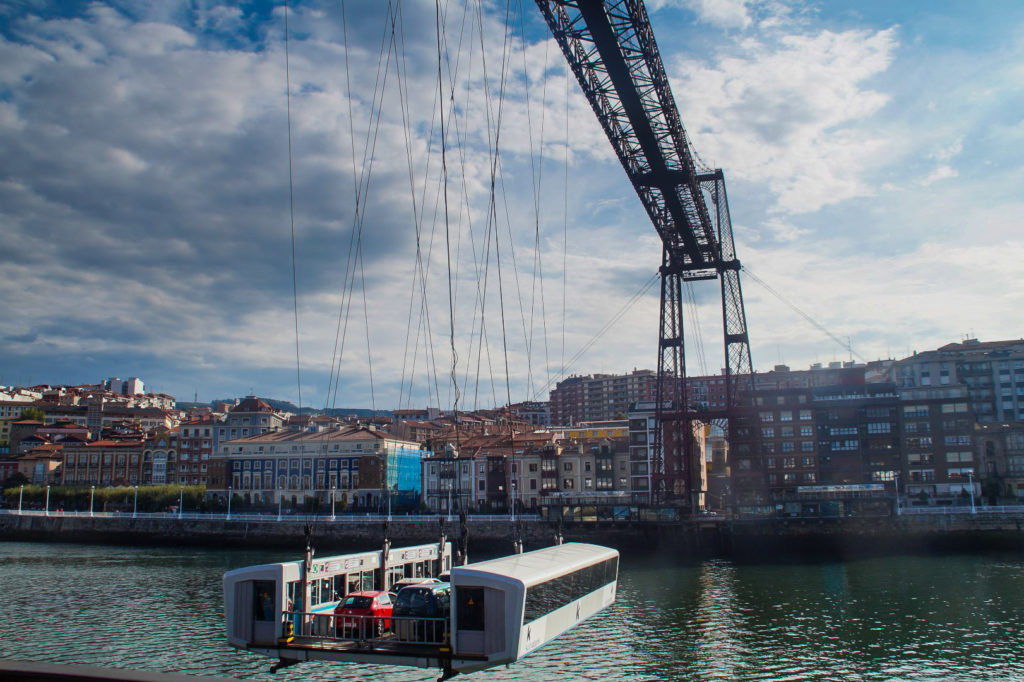
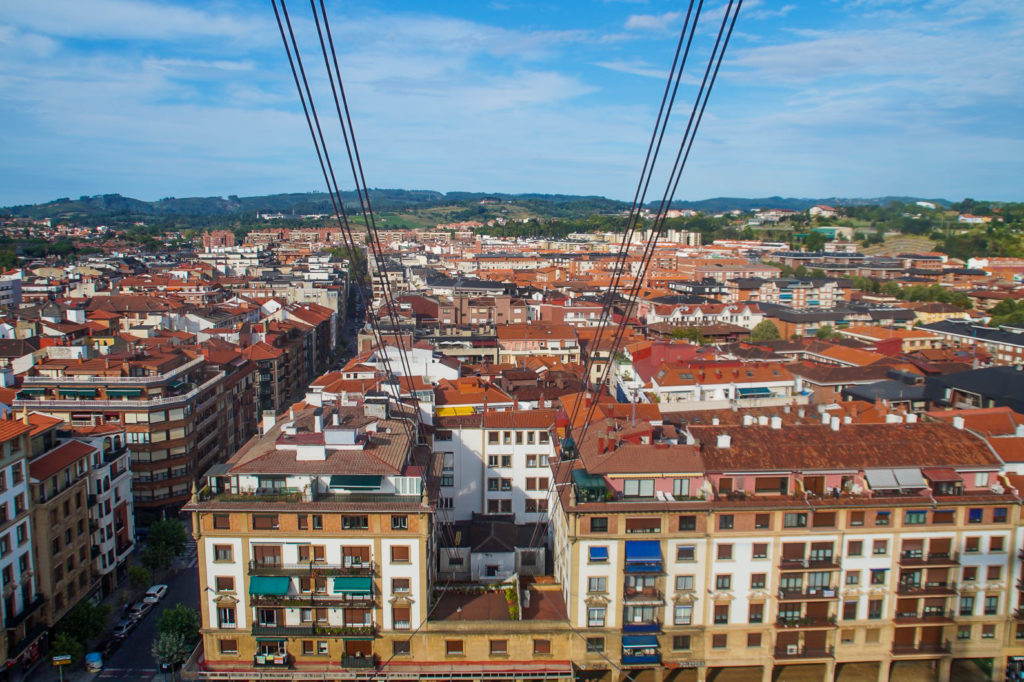
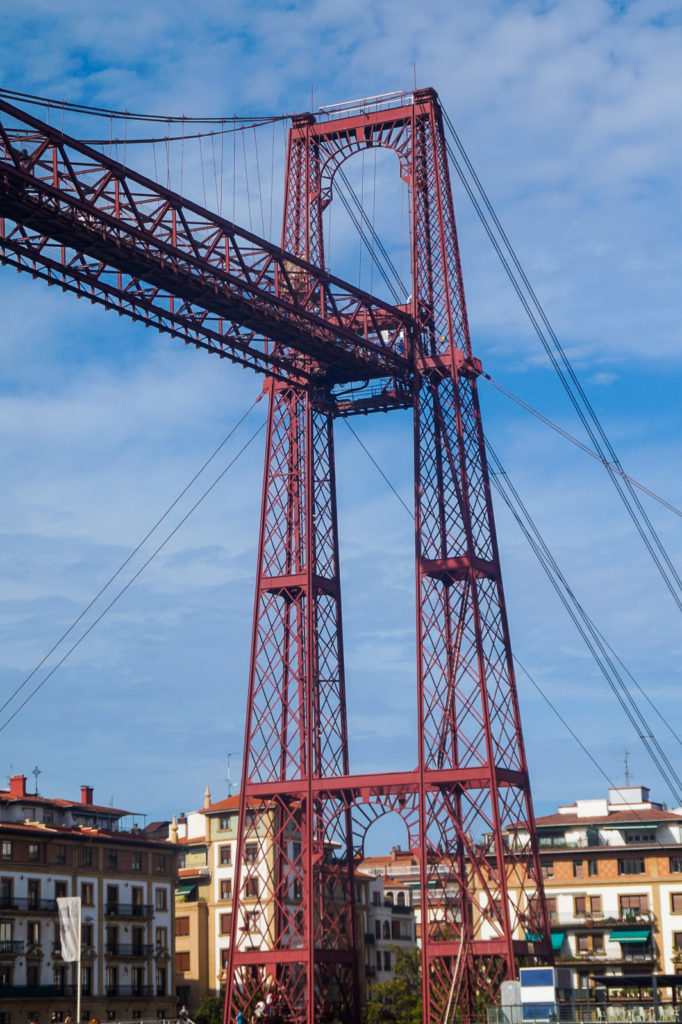
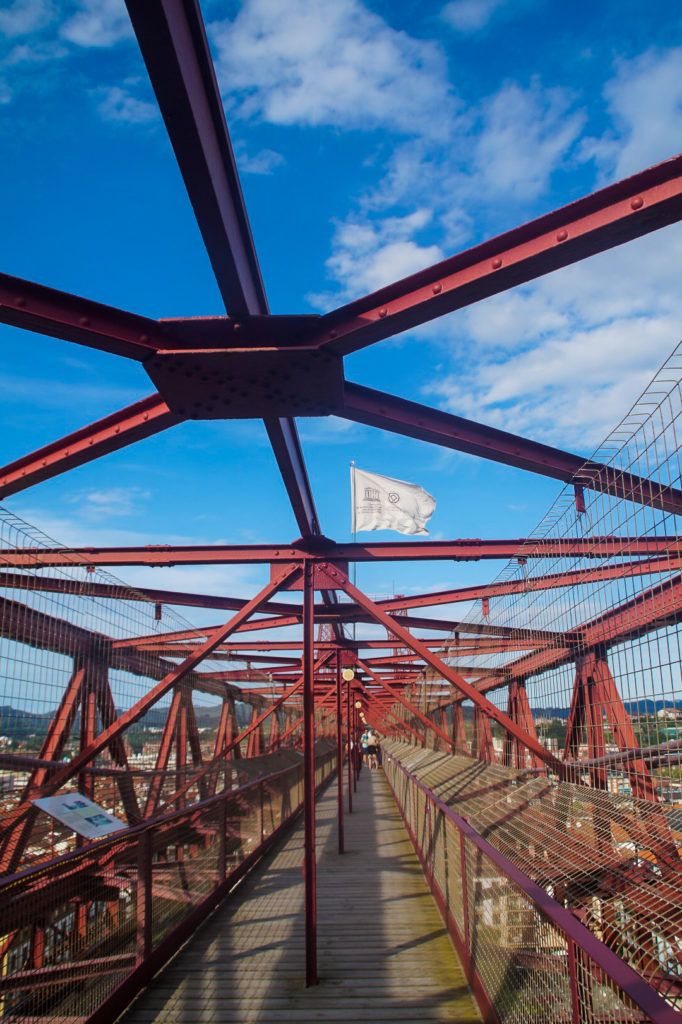
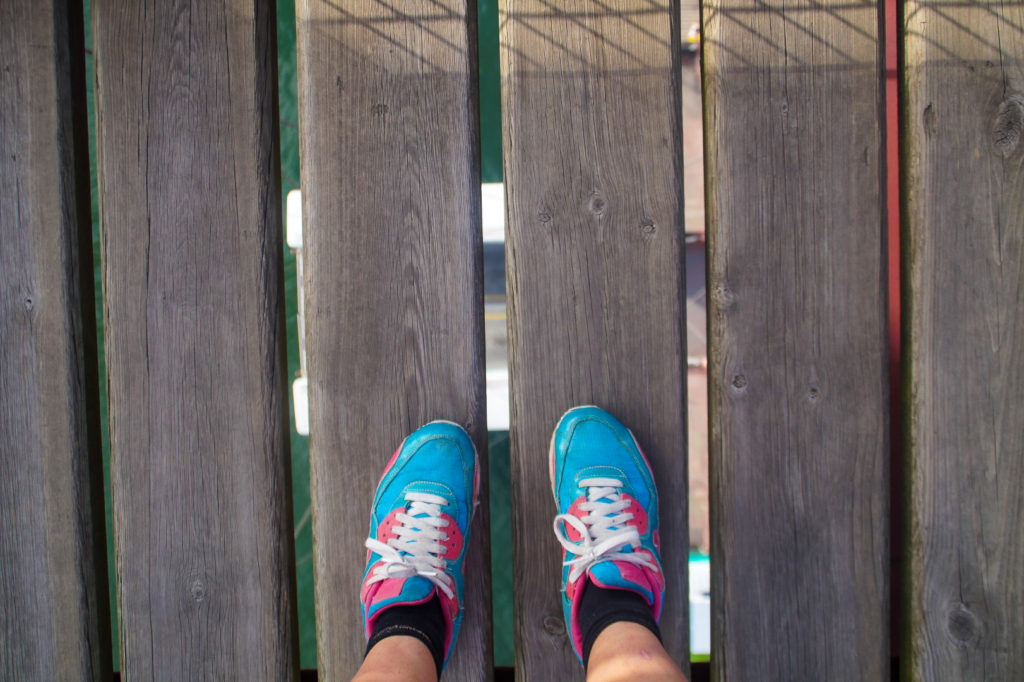
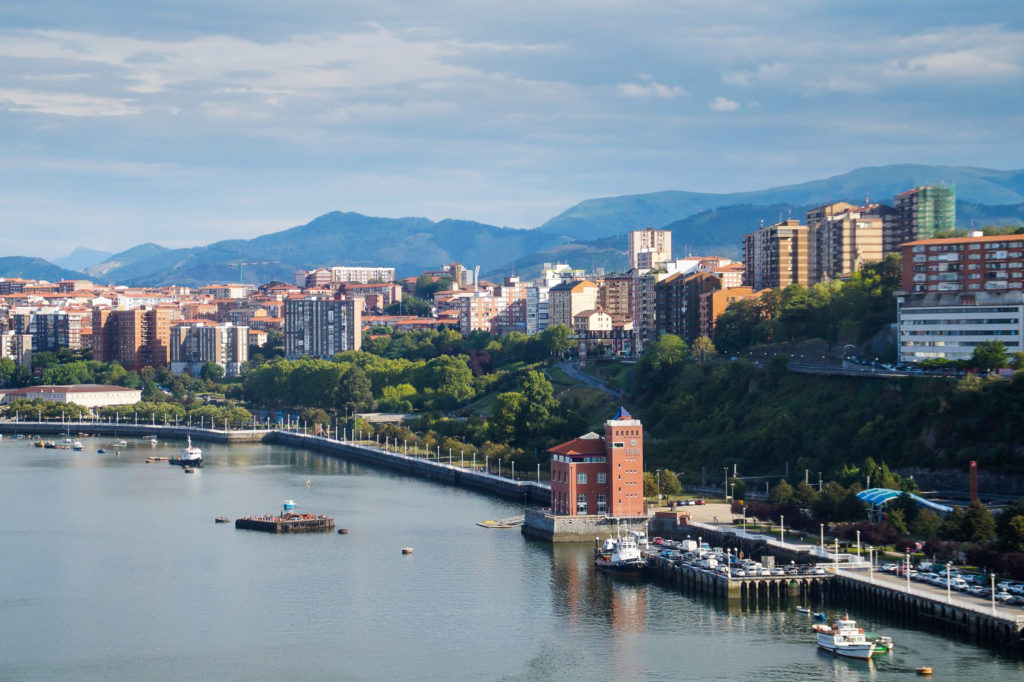
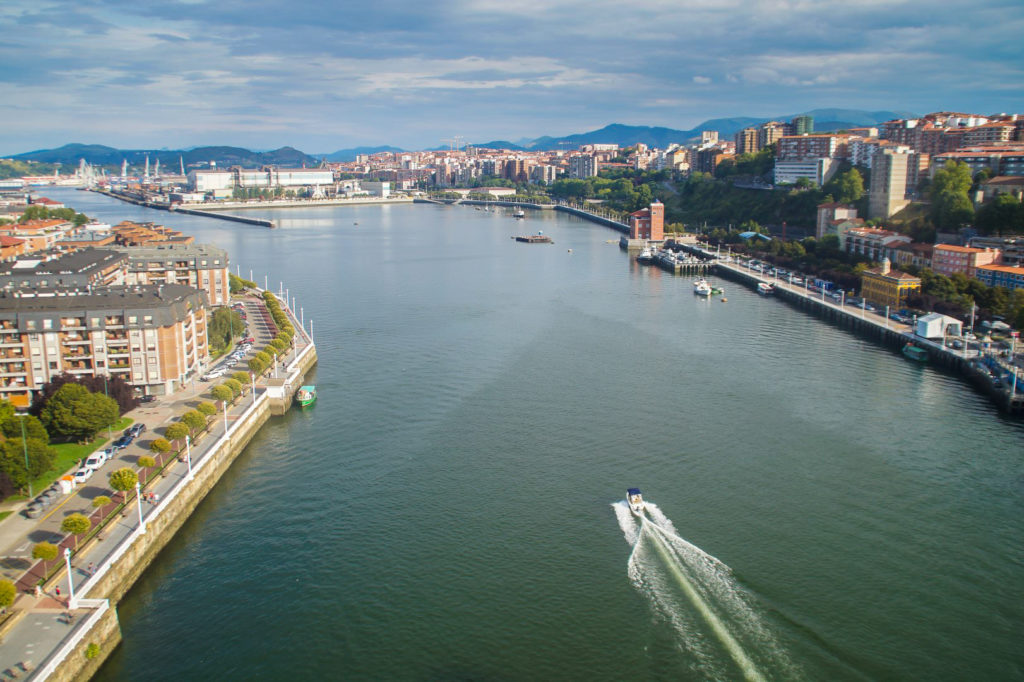
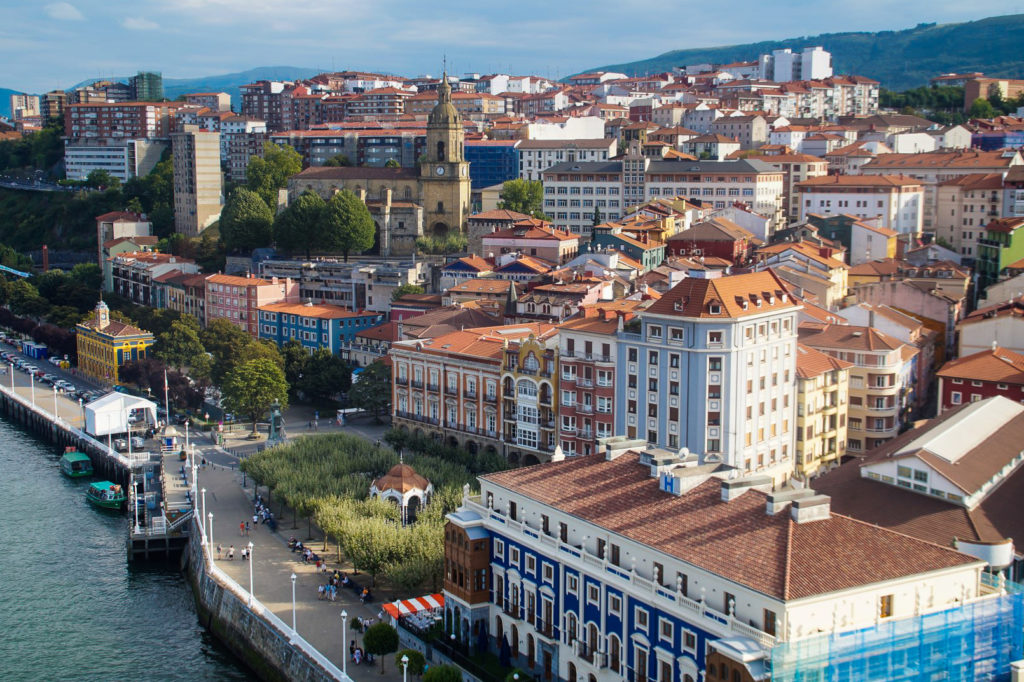
Stepping down from the bridge, I hurried back to Bilbao as I wanted to catch the sunset from its most famous spot, the Guggenheim Museum. It’s a museum of modern and contemporary art, something I’m not into (at all), but I so wanted to see the building that holds the exhibitions. Because it’s rather unique. In fact, it’s often named one of the most important works of contemporary architecture. Even I, the art novice, have to agree that it’s beautiful. Exceptional, even. The ginormous steel spider outside the museum is a different story though… Okay, it is incredibly made, but… you know (ew)!
I didn’t get much of a sunset, but the dark clouds that showed up at dusk gave me just the kind of atmosphere (and light for photography) I was hoping for. It was a wonderful end to my first day in the Basque Country.
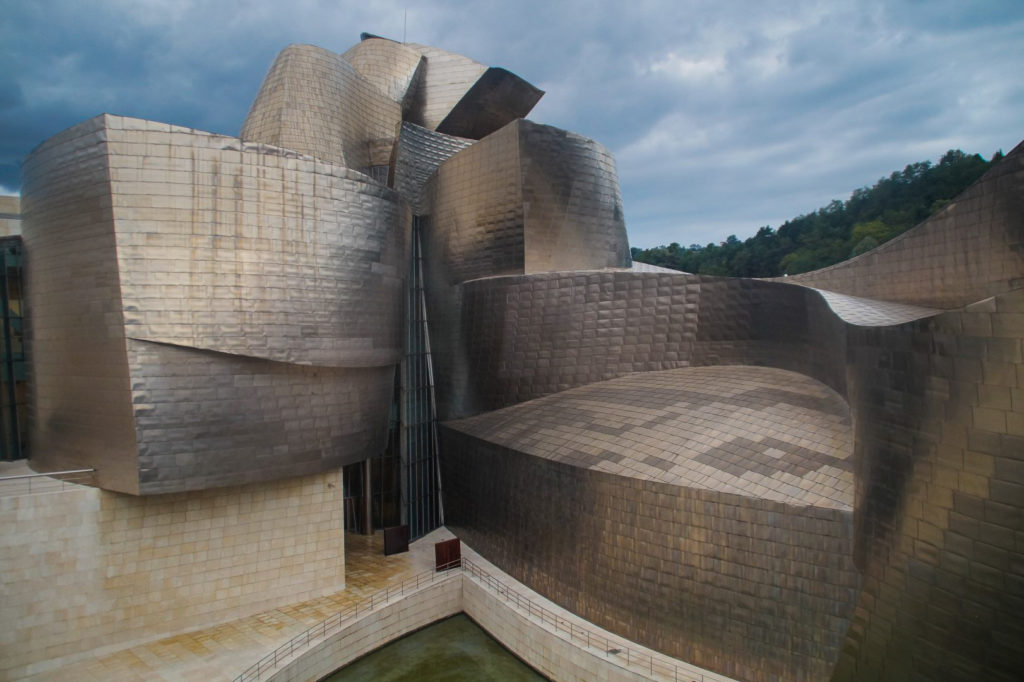
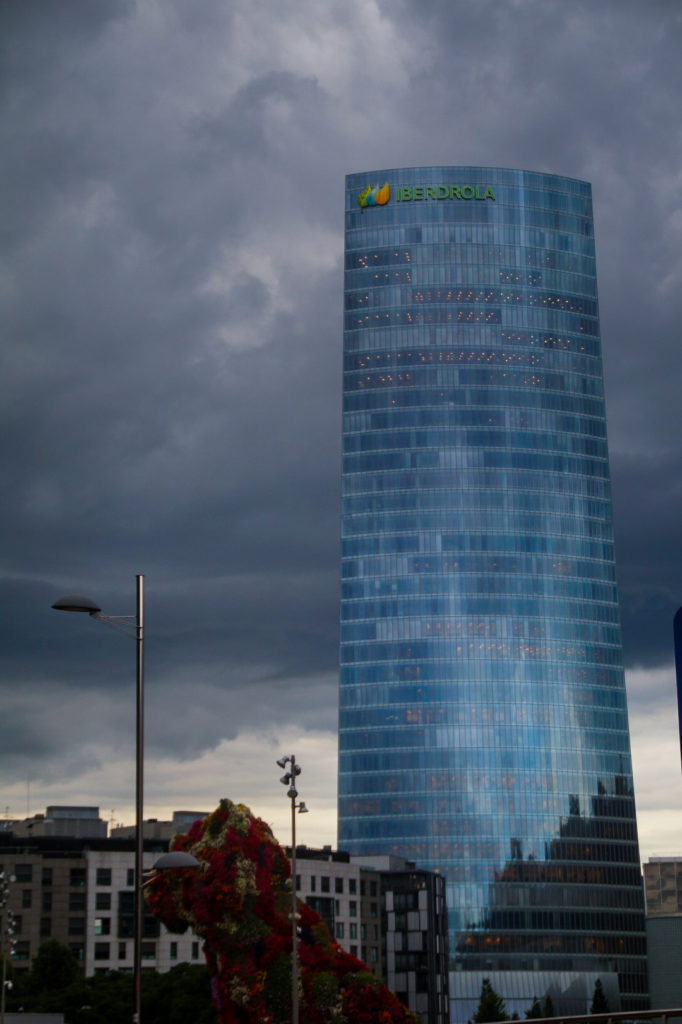
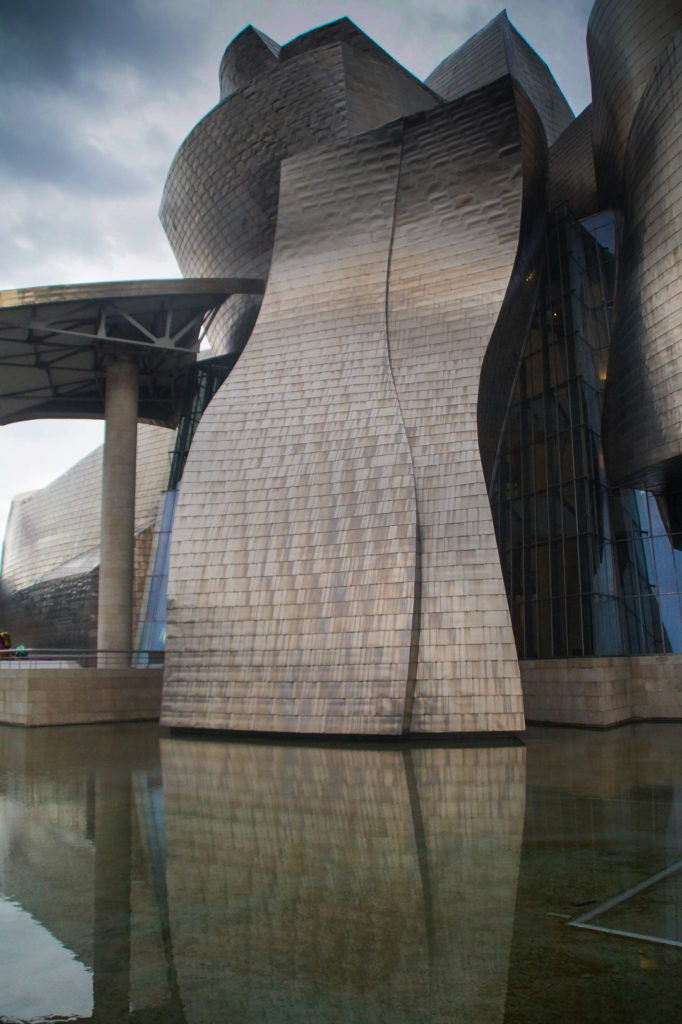
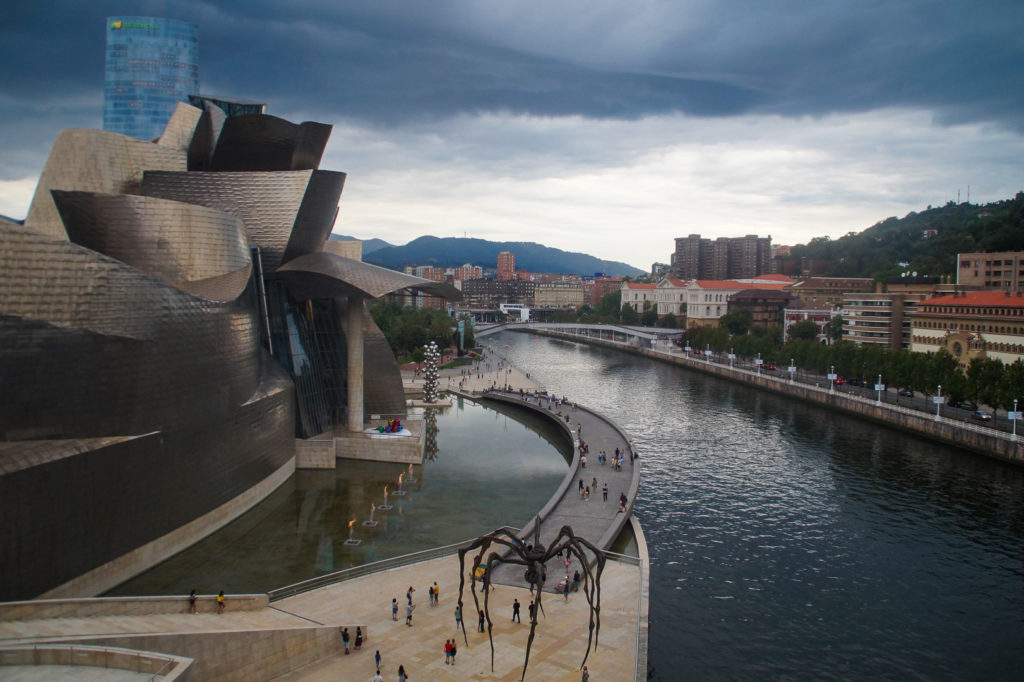
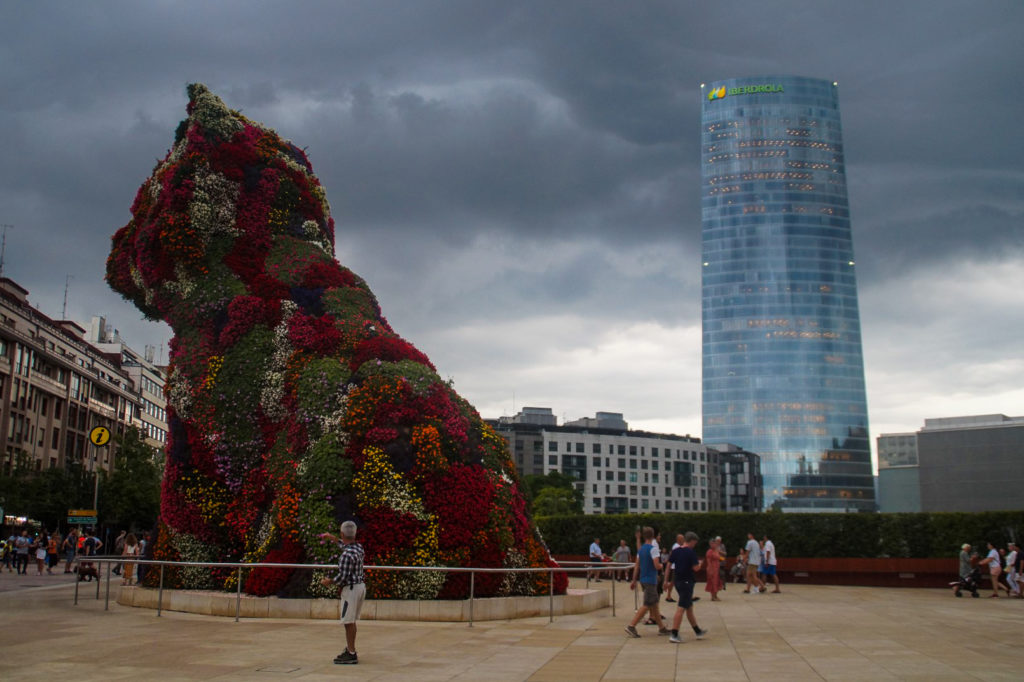
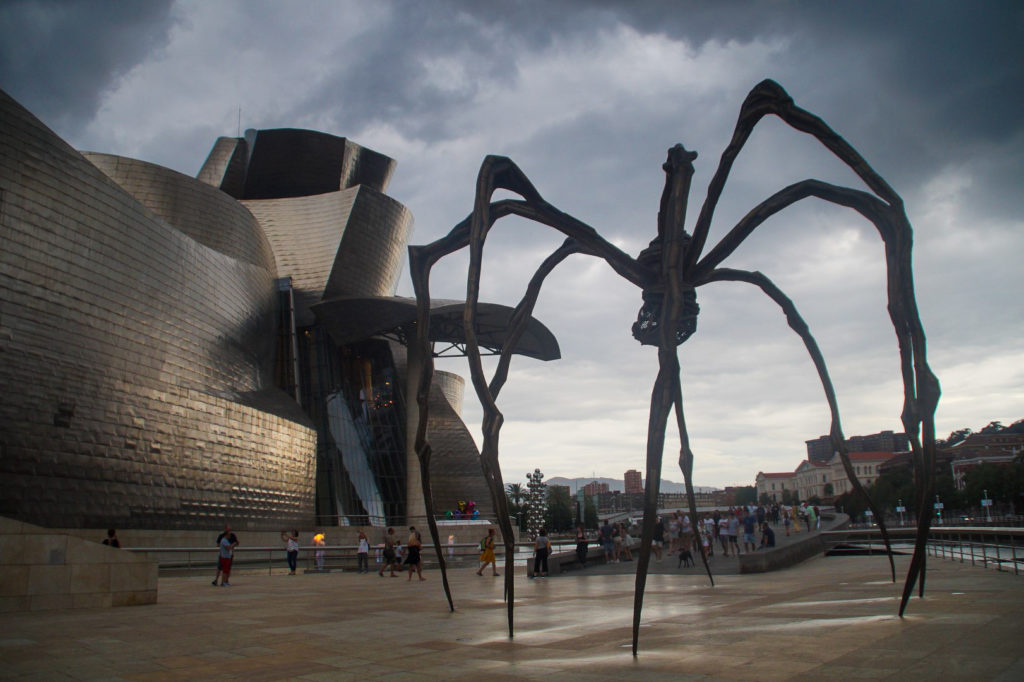
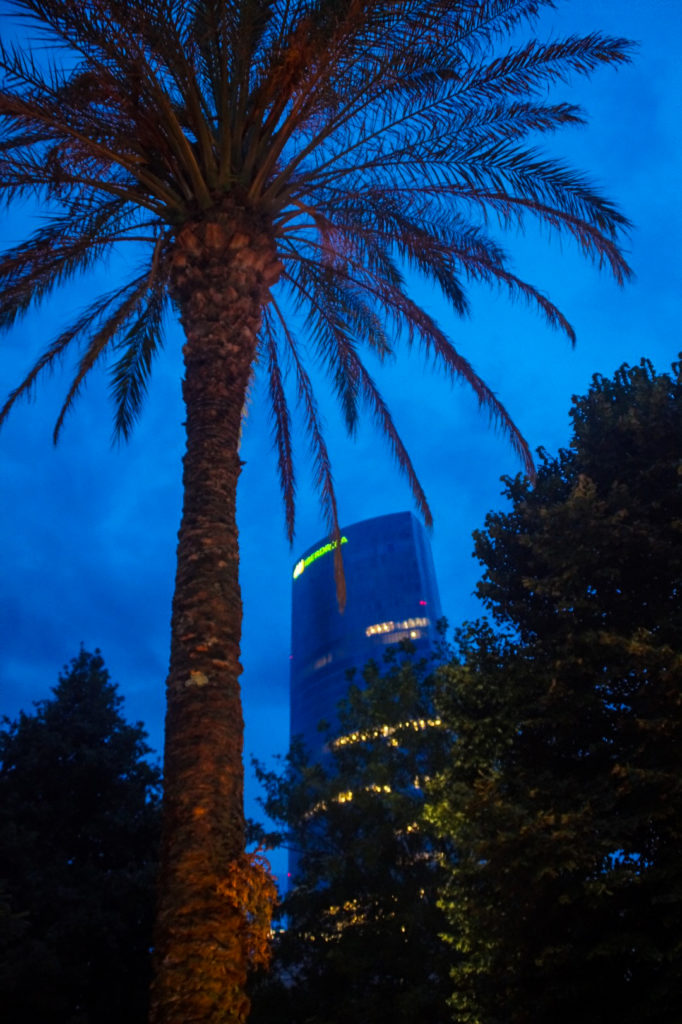
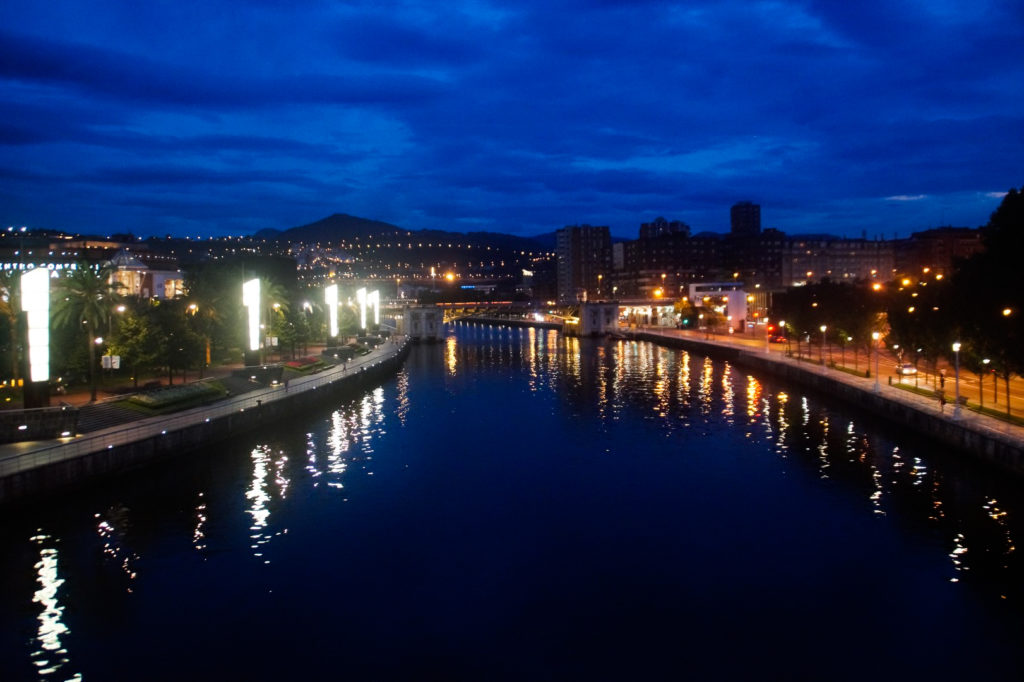
The next morning, I woke up fresh and with a plan to go hiking in the mountains near Bilbao. Unfortunately, my plans were abruptly brought to a halt as three guys chose to steal my bag (with my money, credit cards, passport, literally everything important in it) as I was eating breakfast in a park. I don’t think I’ve ever panicked so much in my life, and I don’t know how on earth it was possible, but I managed to get it back – after causing a huge scene and making locals run after them with me and getting the police involved. I’m thankful for all the help I received and for getting my bag back, but I was shook up for days afterwards. Mainly, I felt like an idiot for letting it happen. Read the whole story here!
At first, the awful experience definitely made me loathe Bilbao. I wanted to get out of there as quickly as possible, and I was unable to do anything but sleep and eat until a bus took me back to Madrid the following morning. But in hindsight, I realize that three idiots shouldn’t ruin my experience – or Bilbao’s reputation. Yes, there may be a few idiots out there, but my story also shows that Bilbao is full of friendly and helpful people – and that is what I will remember the city for. And for its beauty too, of course.
WANT MORE INFO?: Download a city guide for Bilbao with GPSmyCity here!
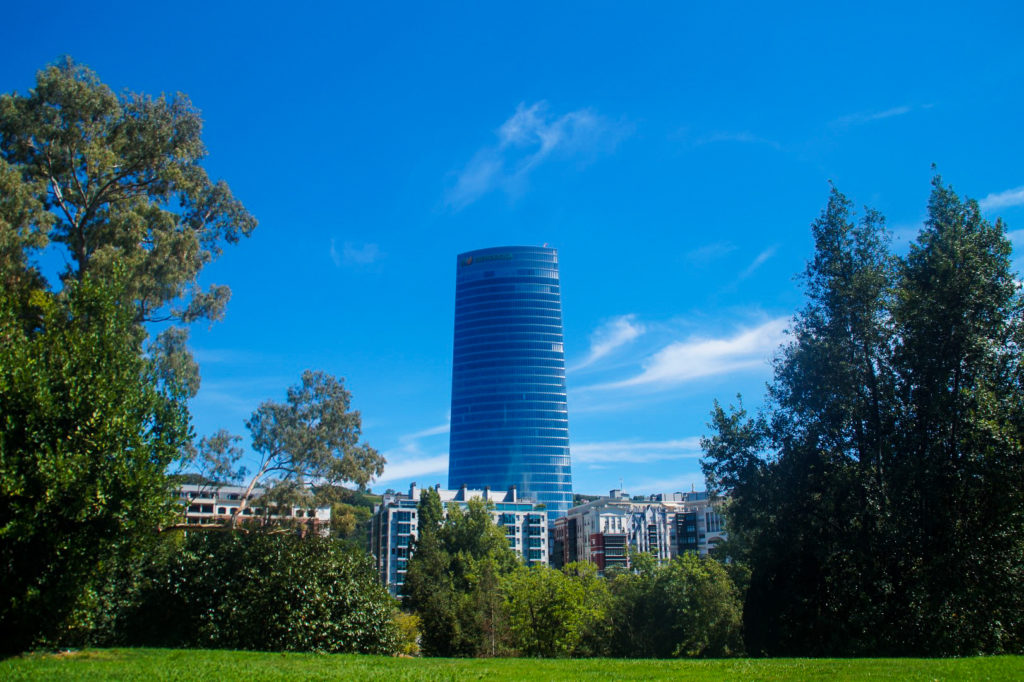

Leave a Comment